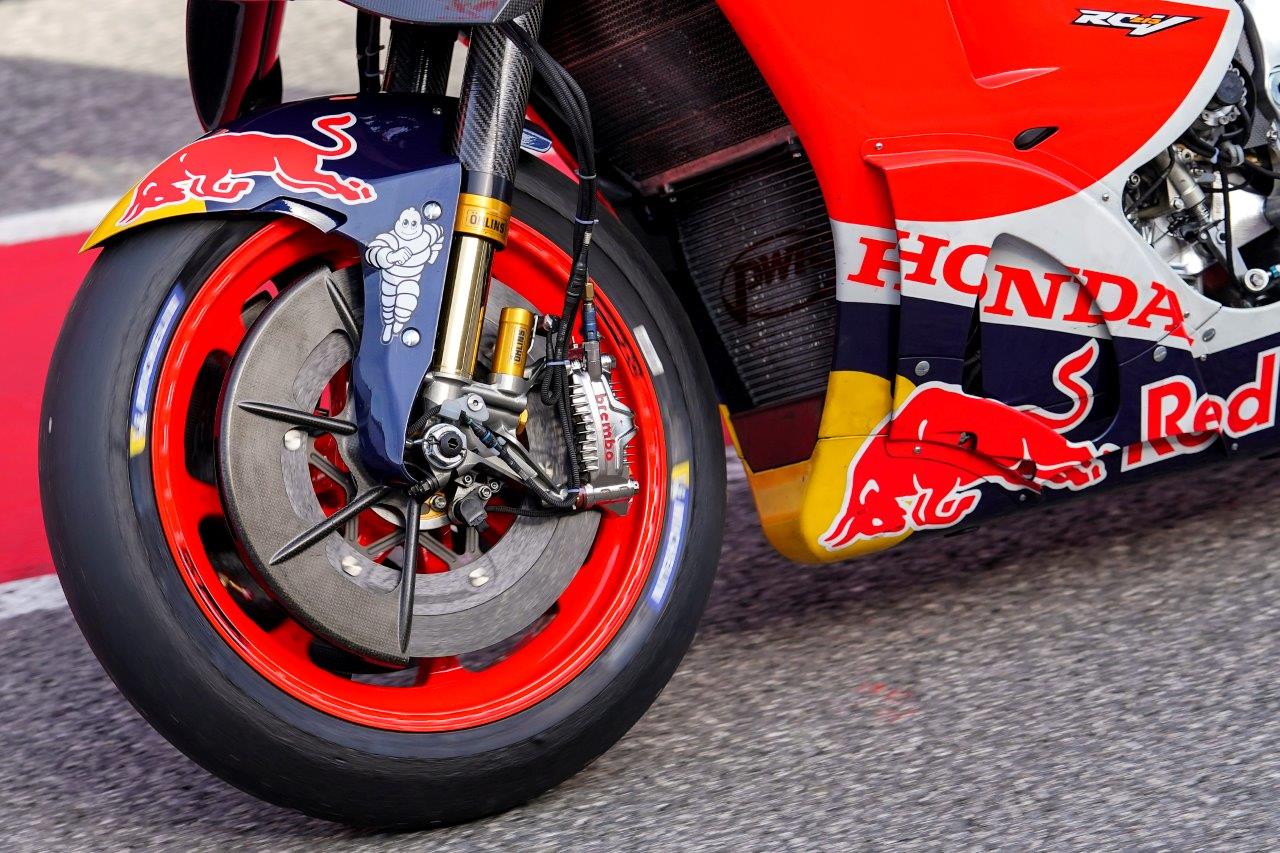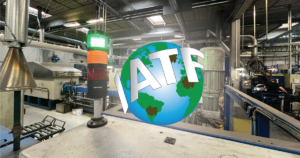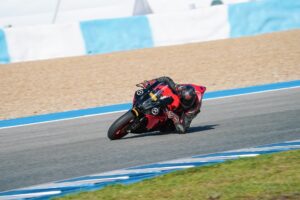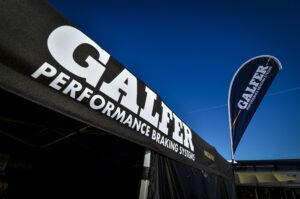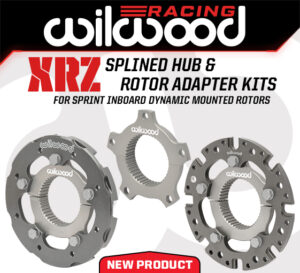STEZZANO, Italy — The Austrian GP marks the halfway point in the MotoGP championship and will be held on the same track that hosted Formula 1 at the beginning of July. According to the Brembo technicians who work closely with all the MotoGP World Championship riders, the Austrian track is an extremely demanding circuit on the motorcycles’ brakes.
On a scale of 1 to 6, it is rated a 6 on the brake-difficulty index.
A chicane was introduced in 2022 to the layout used in Formula 1 to improve motorbike safety on Turn 2. The riders have to move from right to left which puts their skill to the test and offers new possibilities for overtaking, making the GP even more demanding on the brakes because of this additional braking section.
One two three four – what hard work!
MotoGP riders use their brakes eight times per lap at the Red Bull Ring, for a total 30 seconds which amounts to 34% of the overall race time. It is the only GP in Europe in which the brake system is used for more than one third of the race which explains the massive stress it is subjected to, due also to the mid-August heat.
The toughest braking sections are almost all concentrated on the first four corners: on each one, the motorcycles reduce their speed by at least 160 km/h (99 mph) with a top speed of 213 km/h (132.4 mph) on the first corner thanks to braking lasting at least four seconds which increases the pressure of the Brembo brake fluid by more than 11 bar.
Summing up all the forces applied by a rider on the brake lever from the starting line to the checkered flag, the result comes to over 1.2 metric tons, just slightly lower than the Qatar GP.
Six hair-raising seconds
Of the eight braking points at the Red Bull Ring, four are classified as hard on the brakes, two are of medium difficulty and two are light.
The hardest braking section is on turn four even if this is not where the top speed is reached: the MotoGPs go from 298 km/h (185 mph) to 88 km/h (54.6 mph) in six seconds during which time they cover a distance of 292 meters (958 feet) and are subjected to a deceleration of nearly 1.5G.
The load on the Brembo lever is 6 kg (13 lb) whereas the brake fluid pressure is 11.5 bar.

